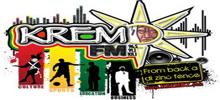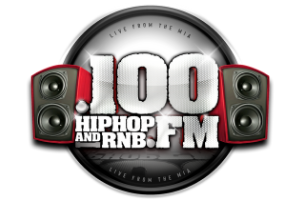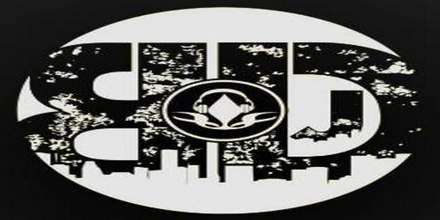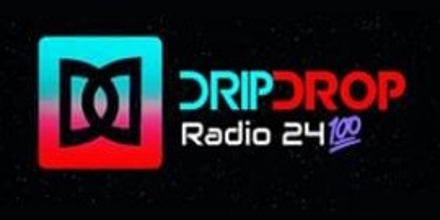Rhythmic and Blues, commonly known as R&B, is a genre of popular music that originated in African American communities in the 1940s. It combines elements of blues, soul, funk, pop, hip-hop, and electronic music to create a rich tapestry of sound that has evolved significantly over the decades. The term "R&B" was first used by Jerry Wexler at Billboard magazine in 1948 to replace the term "race music," which was then used to describe all African American music.
The early days of R&B were characterized by a focus on blues and jazz influences, with artists like Ray Charles and Sam Cooke leading the way. These pioneers blended soulful vocals with rhythmic beats and catchy melodies, setting the foundation for what would become a dominant force in popular music. The 1960s saw the rise of Motown Records, which produced iconic R&B artists such as Marvin Gaye, Stevie Wonder, and The Supremes. This era is often referred to as the "Golden Age" of R&B, marked by polished production values and an emphasis on harmony and melody.
The 1970s brought a shift towards funkier rhythms and more complex arrangements, with artists like Earth, Wind & Fire and The Isley Brothers incorporating elements of disco and jazz fusion into their music. This decade also saw the emergence of quiet storm, a subgenre of R&B characterized by smooth, romantic ballads that often featured lush string arrangements and soft vocals.
The 1980s and 1990s witnessed a significant transformation in R&B, with the advent of new jack swing. This style combined hip-hop beats with traditional R&B sounds, creating a more urban and contemporary feel. Artists like Teddy Riley, who is often credited with pioneering this sound, produced hits for acts such as Keith Sweat and Guy. New jack swing laid the groundwork for the modern R&B era, which saw artists like Mariah Carey, Boyz II Men, and Whitney Houston achieve massive commercial success.
The late 1990s and early 2000s introduced a new wave of R&B that was heavily influenced by hip-hop. This period is often referred to as the "neo-soul" movement, characterized by its emphasis on live instrumentation, jazzy melodies, and socially conscious lyrics. Artists like Lauryn Hill, Erykah Badu, and D'Angelo became icons of this era, blending traditional R&B with elements of jazz, funk, and hip-hop.
Contemporary R&B has continued to evolve, incorporating a wide range of influences from electronic music to pop and trap. Artists like The Weeknd, Frank Ocean, and H.E.R. have pushed the boundaries of what R&B can be, often blurring the lines between genres. The rise of streaming services and social media has also allowed for a more global exchange of musical ideas, leading to a diverse array of sounds within the genre.
One of the defining characteristics of R&B is its emotional depth and lyrical content. The genre often explores themes of love, heartbreak, joy, and struggle, providing listeners with a relatable and cathartic experience. Whether it's a soulful ballad or an upbeat dance track, R&B has a unique ability to connect with audiences on a deep emotional level.
The production techniques in R&B have also evolved significantly over the years. Early recordings often featured live bands and minimal studio manipulation, while modern productions can include layers of synthesized sounds, digital effects, and intricate beat programming. This evolution has allowed R&B to remain relevant and innovative, continually adapting to new musical trends and technologies.
R&B has had a profound impact on popular culture, influencing fashion, dance, and language. Its artists have become style icons, setting trends in clothing, hairstyles, and makeup. The genre's influence can also be seen in the world of dance, with styles like the "Booty Pop" and "Twerk" becoming global phenomena.
In conclusion, R&B is a dynamic and ever-evolving genre that has left an indelible mark on the music industry. From its blues and jazz roots to its contemporary fusion with electronic and hip-hop elements, R&B continues to captivate audiences worldwide with its emotional depth, innovative production techniques, and cultural influence. As it enters new phases of development, one thing remains certain: R&B will continue to be a vital force in shaping the future of popular music.
 2.3k
2.3k
 4
United States, Miami RnB 32 kbps AAC (LC)
4
United States, Miami RnB 32 kbps AAC (LC) KREM RadioKREM Radio
KREM RadioKREM Radio 1.4k
Belize, Belize City RnB
1.4k
Belize, Belize City RnB 613
613
 1
Turkey RnB
1
Turkey RnB


































